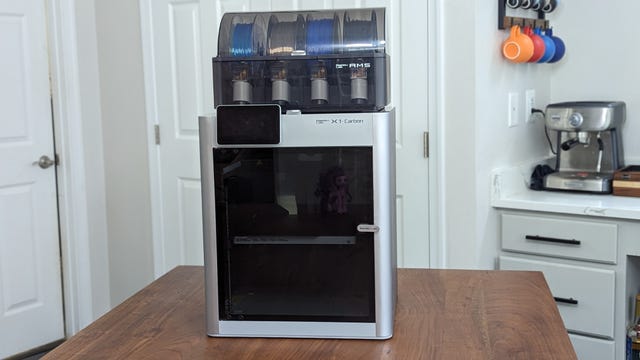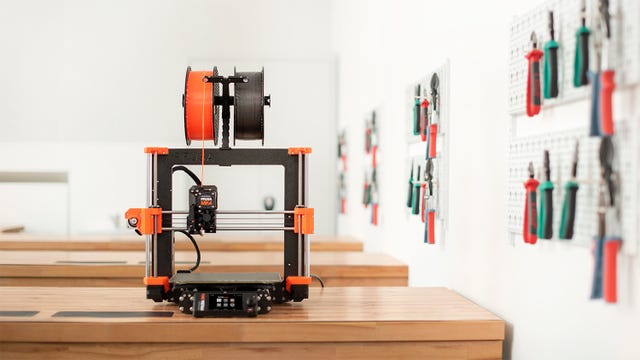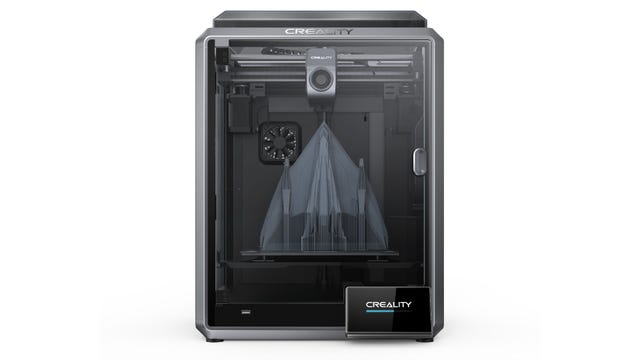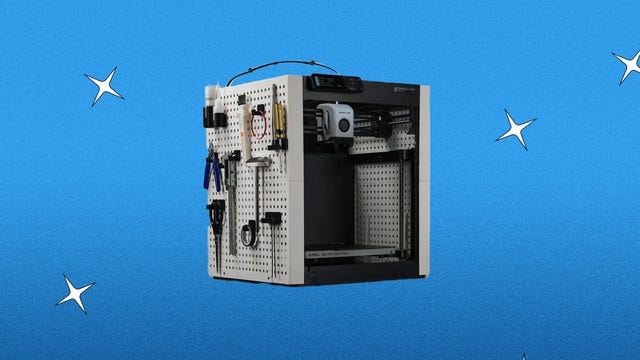
Best Fast 3D Printers of 2023 – CNET
The P1P from Bambu Lab is currently one of the very best 3D printers you can buy. Priced at $699, it isn’t the cheapest printer, but it is incredibly fast and the print quality is consistently excellent. While the P1P is bare-bones on the outside, it does come with a host of advanced features like auto bed leveling, filament runout sensors and power-loss detection. It even has a camera that creates time-lapse videos for social media.
Because Bambu Lab makes the P1P, it’s compatible with the company’s AMS, an extra device that lets you print in more than one color or material. The addition of the AMS makes the P1P almost as versatile as Bambu’s flagship printer, the X1 Carbon, at a significant saving.
Read more: Bambu Lab X1 Carbon vs. Bambu Lab P1P
While I do wish that the P1P had a better LCD, and the SD card that comes with it is shockingly slow (I recommend replacing it immediately), these negatives do not overshadow how excellent this 3D printer is. I use mine every single day and it’s amazing.

While not as fast as the P1P or the X1C, the Kobra 2 is around the same speed as the AnkerMake M5. It will happily produce prints at 250 millimeters per second, though the best quality seems to be hovering around 150mm/s in my testing. It also comes with a filament runout sensor and bed leveling, which works extremely well.
The big selling point for the Kobra 2 though is the price. It has all the advantages of a faster printer with a sub-$300 price tag, which is astonishing. This is my recommendation for any first-time buyer or someone on a budget.
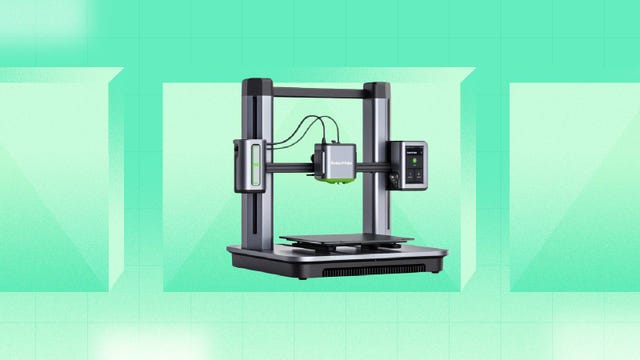
One of the first consumer 3D printers to break the 250mm/s speed barrier, the AnkerMake M5 has recently had a software update to push its speed up to 500mm/s on its ultrafast mode. The M5 uses an AI camera to help you detect issues so you can stop a failing print before you waste a lot of material. The AI is particularly bad, but the camera does give you some fantastic time-lapse videos to share on social media.
Read more: AnkerMake M5 Review
If you’re looking for a fast printer that doesn’t take up a lot of room, this is an excellent beginner’s choice.
